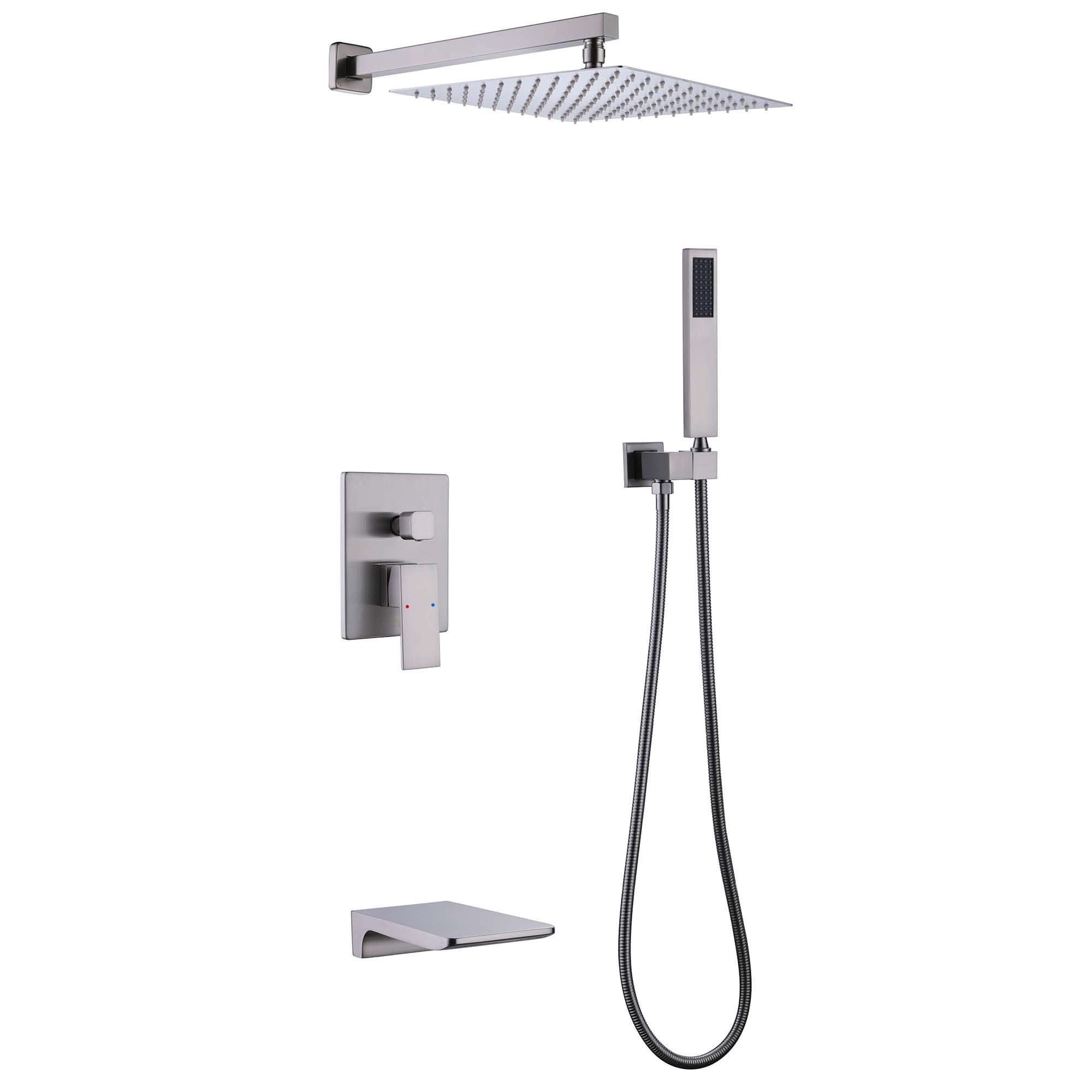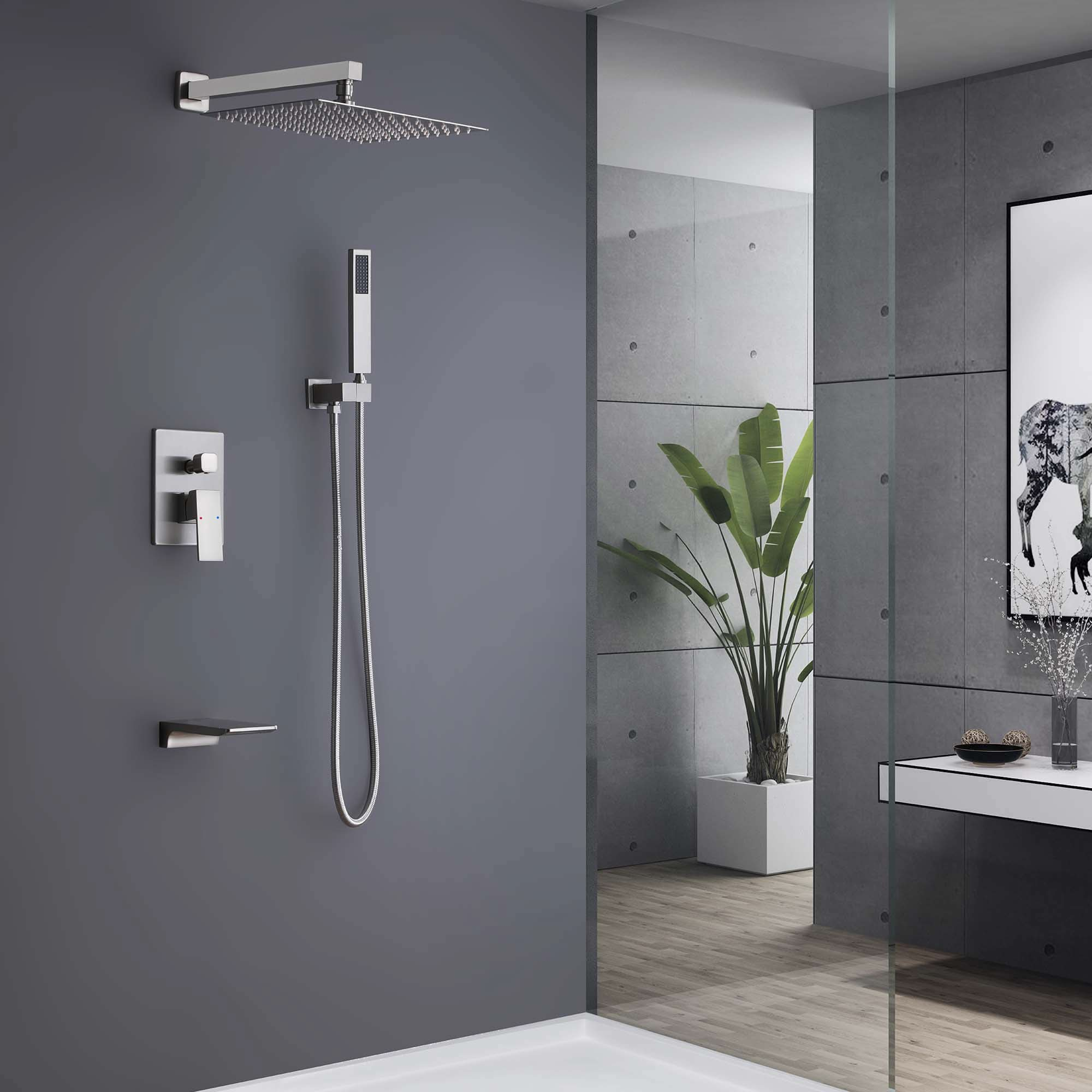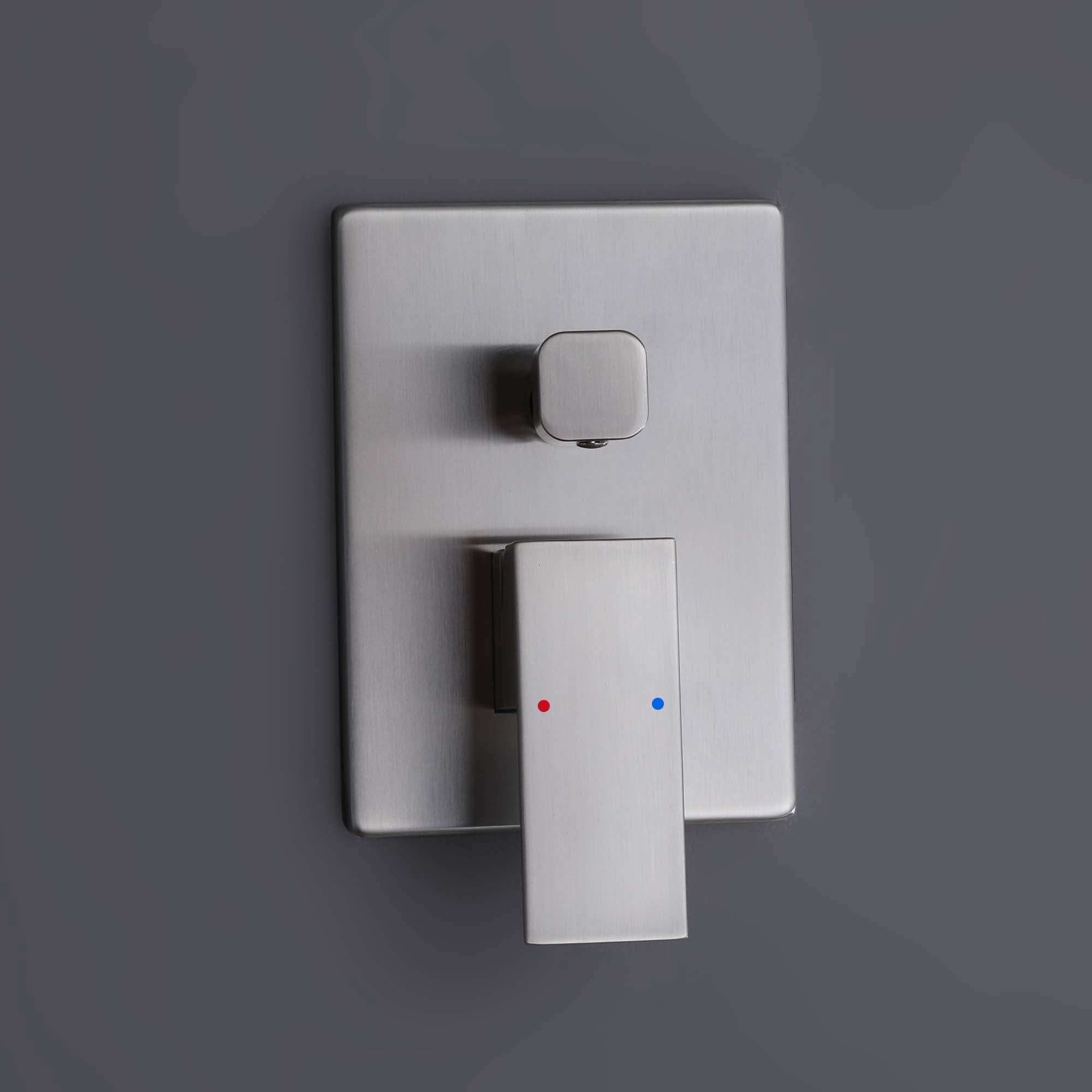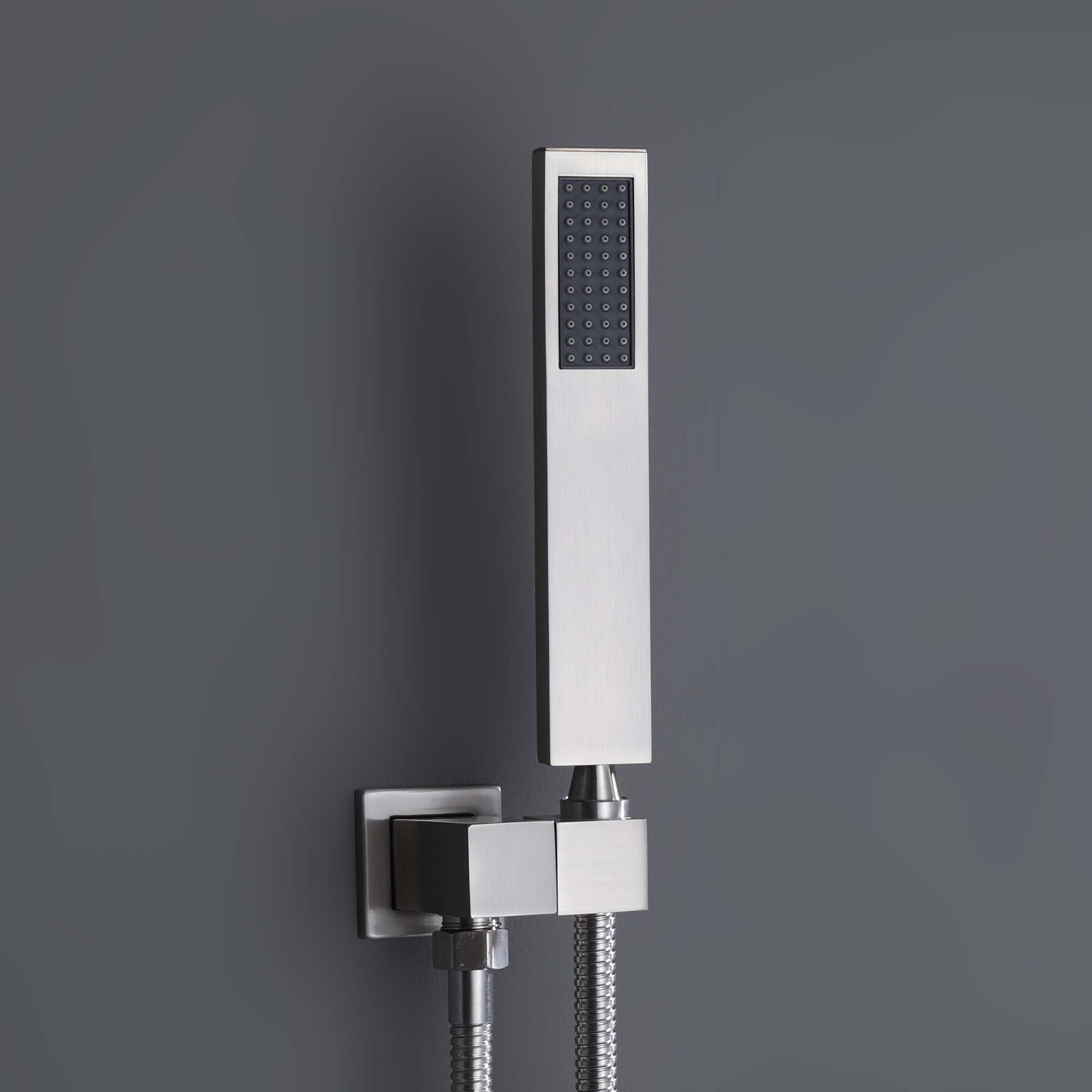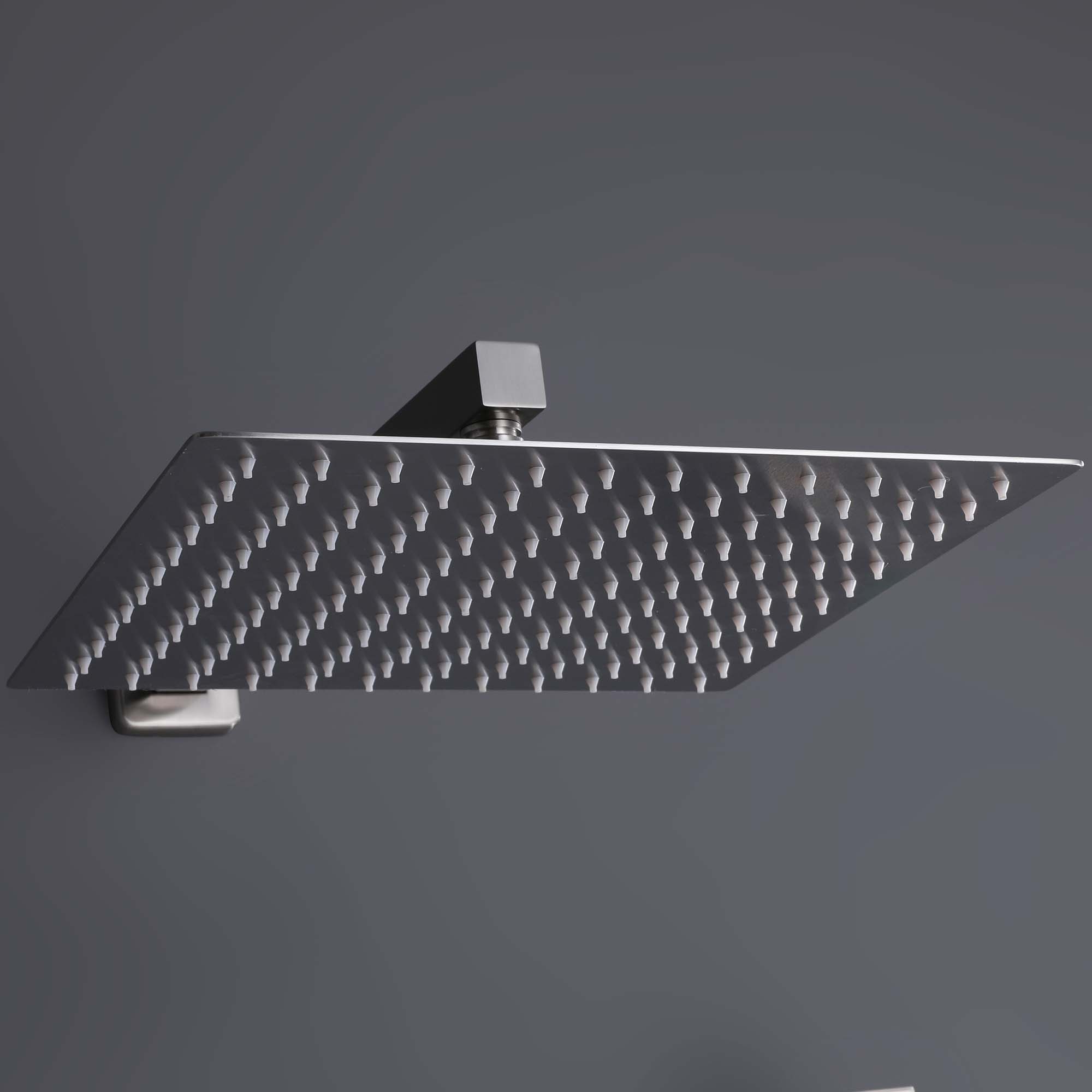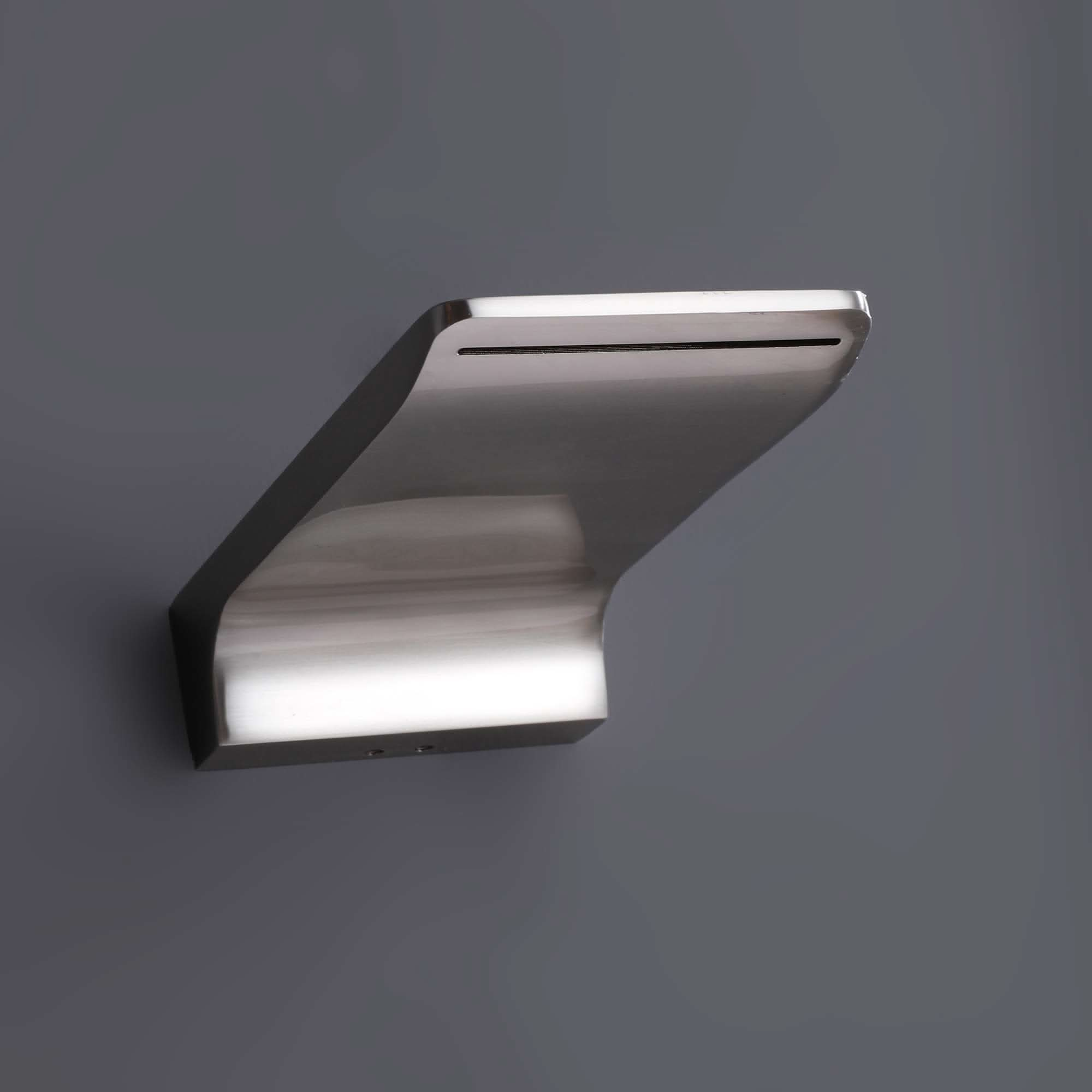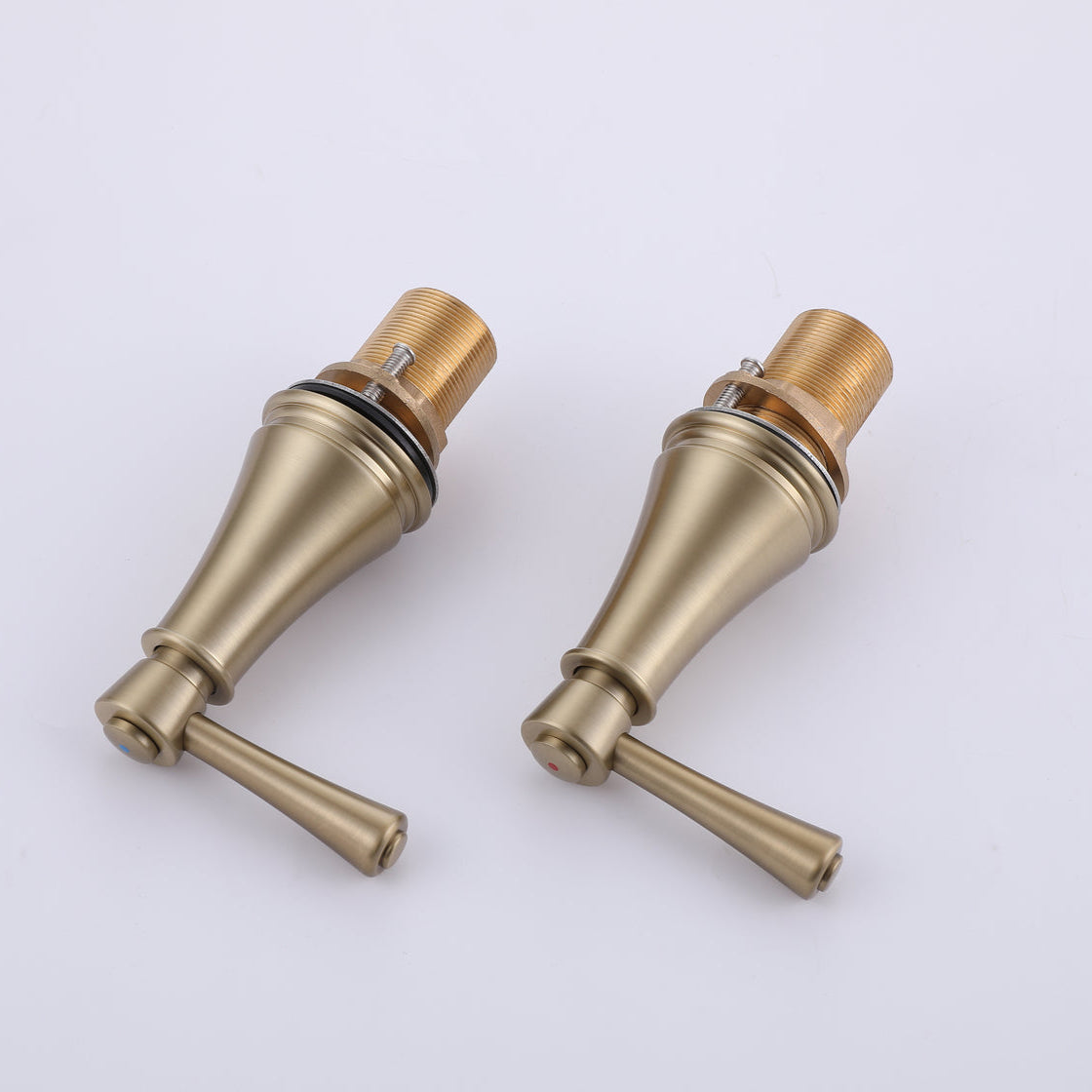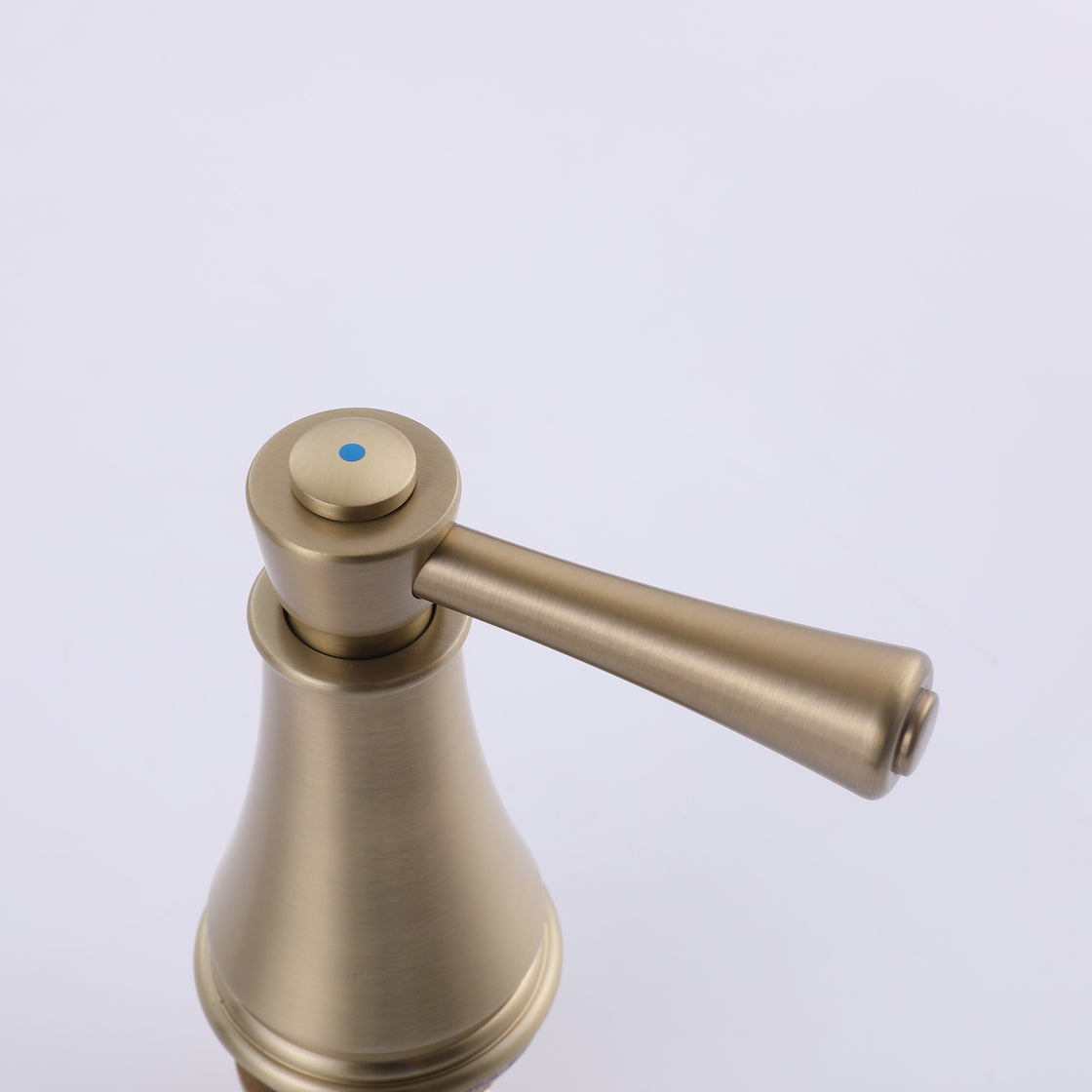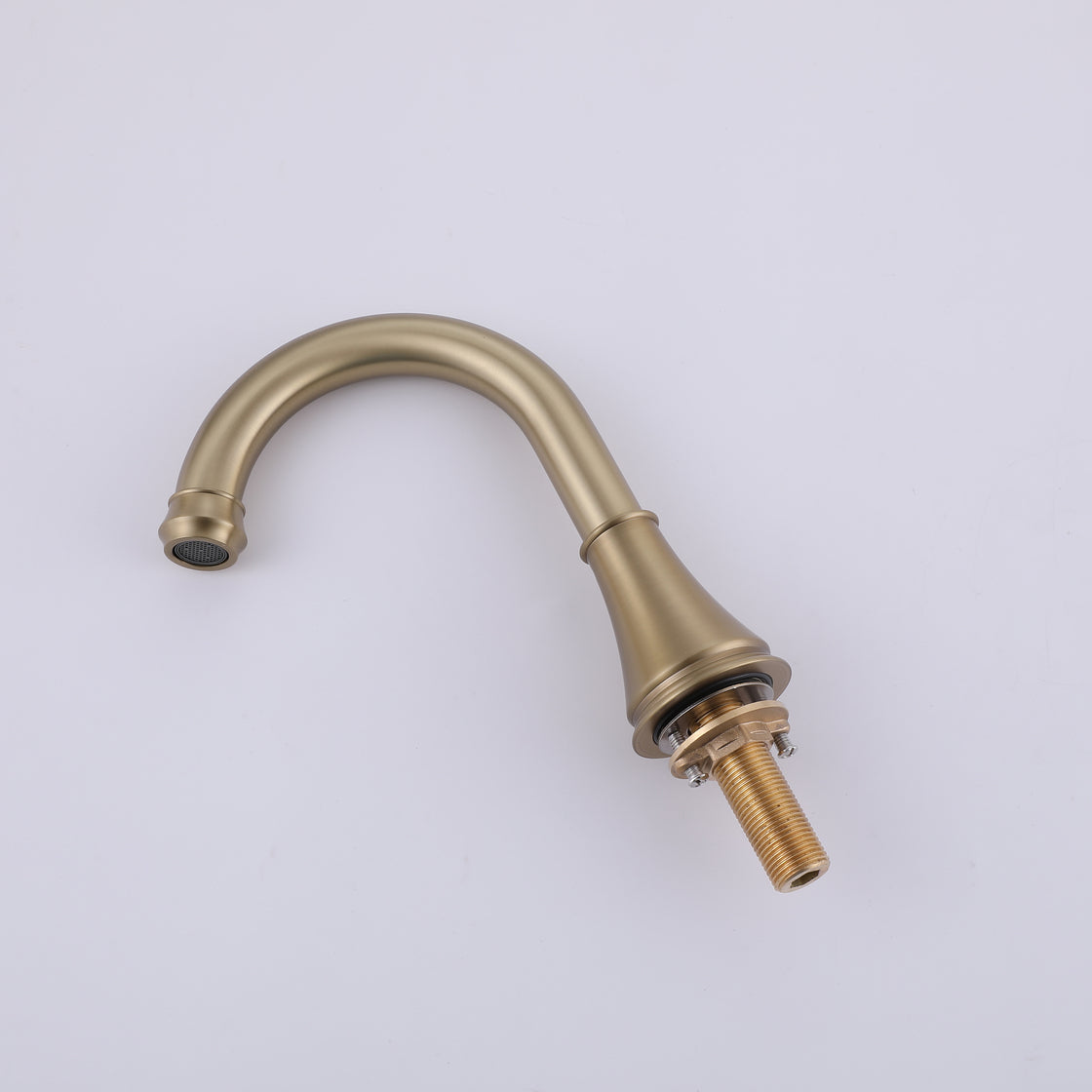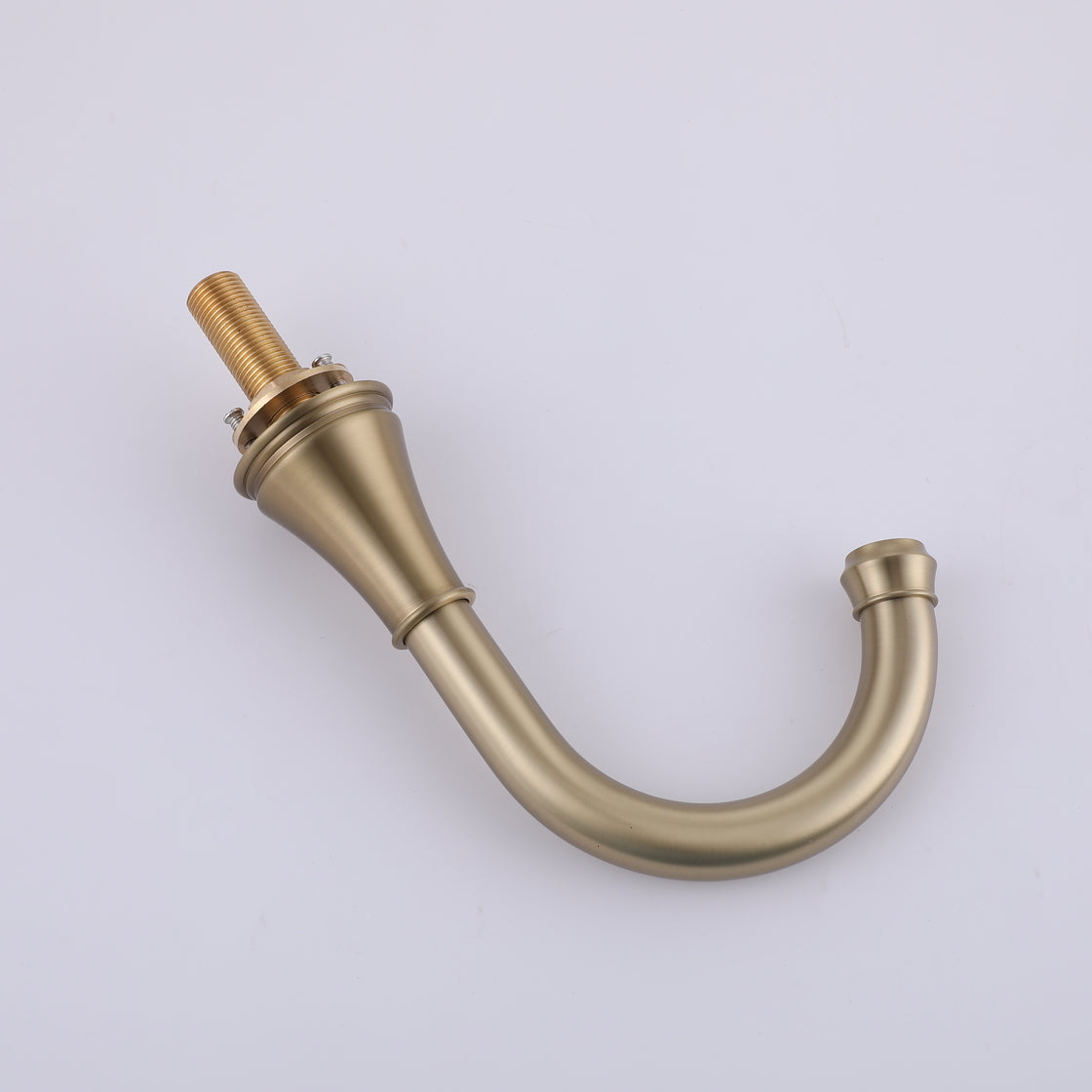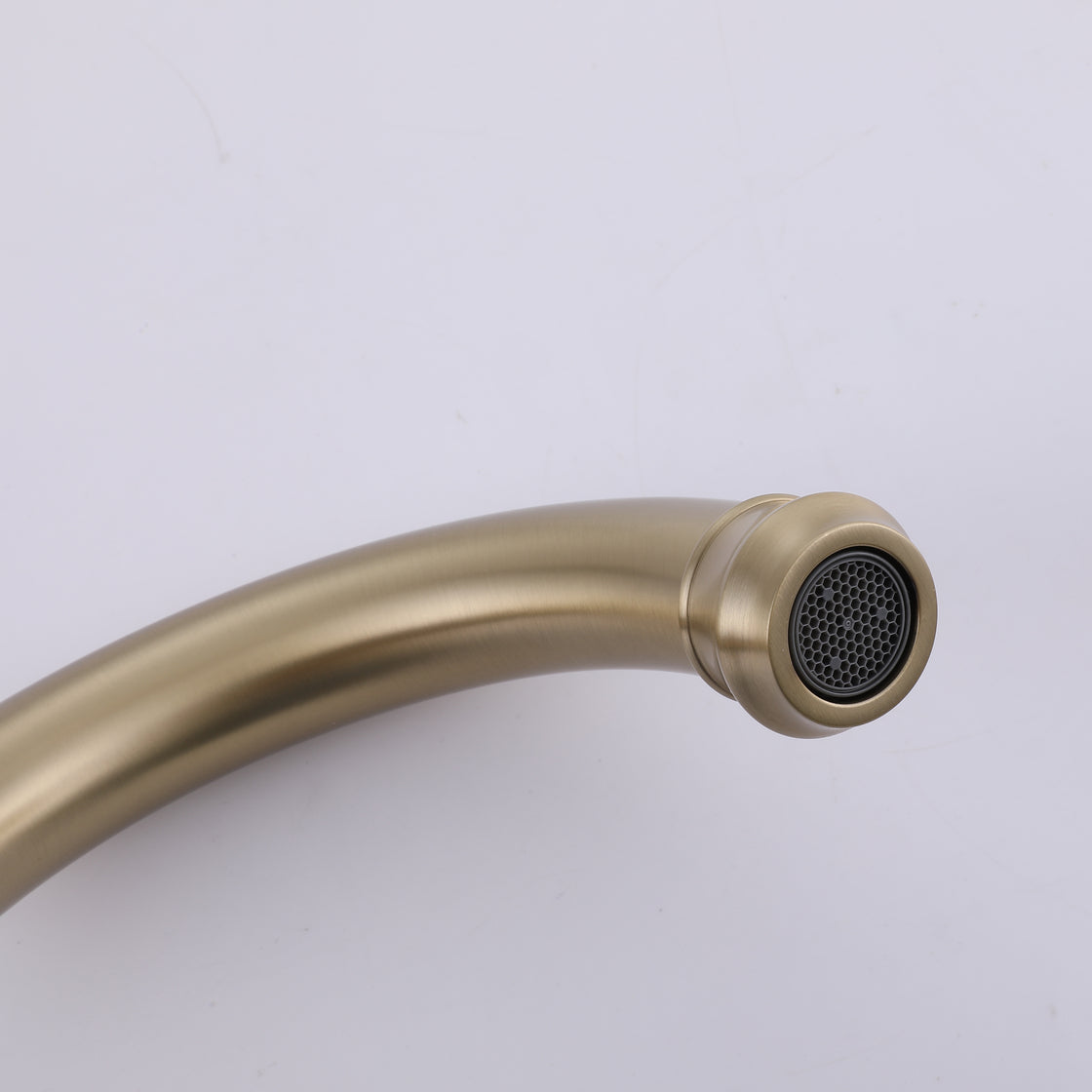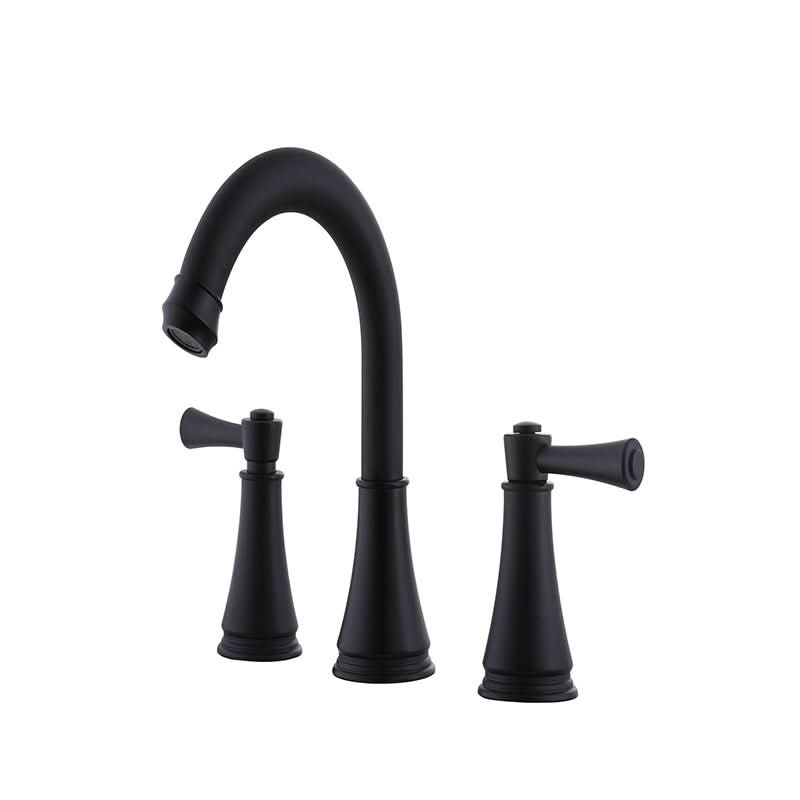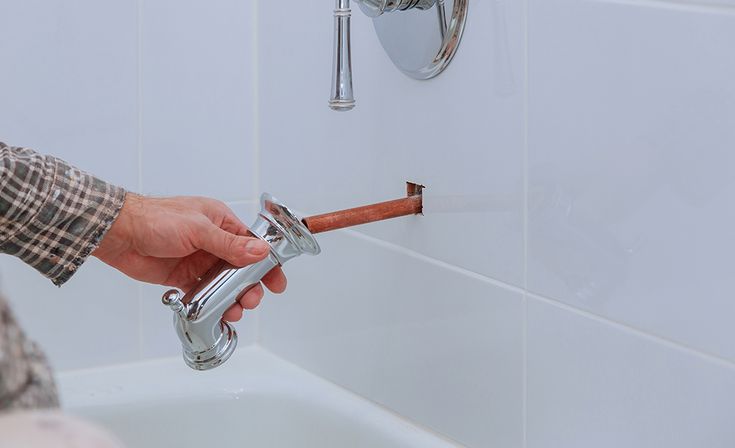Selecting the ideal faucet for your bathroom vanity is not just a matter of design; it’s a matter of function, comfort and long-term happiness. A carefully chosen faucet will enhance your daily routine while matching the design of your bathroom, reducing water waste, and providing lasting use.
With so many styles, materials and features available, picking one can be daunting. This guide outlines everything you’ll want to keep in mind — from design harmony to hidden cost-saving benefits. Whether you’re replacing an old vanity or designing a new bathroom, we’re here to help you choose bathroom vanities faucets that blend beauty with practicality.
Table of Contents:
- Style Meets Function: Matching Faucet Design to Your Bathroom Aesthetic
- The Comfort Factor: Ergonomics & Ease of Use
- Durability Myths Busted: Why Material Matters More Than You Think
- The Hidden Water Bill Savior: How Flow Rate & Efficiency Impact Your Wallet
- Installation Secrets: Avoiding Costly Mistakes Before You Buy
- Conclusion
- FAQ
Style Meets Function: Matching Faucet Design to Your Bathroom Aesthetic
Your bathroom is all about you, and the ideal tap will not only accentuate the look of your sanctuary but will also snuggle right into the surroundings. Take stock of your bathroom’s overall style:
- Modern & Minimalist — Sleek, geometric faucets with straight lines and metallic finishes (chrome, matte black or brushed nickel) fit best.
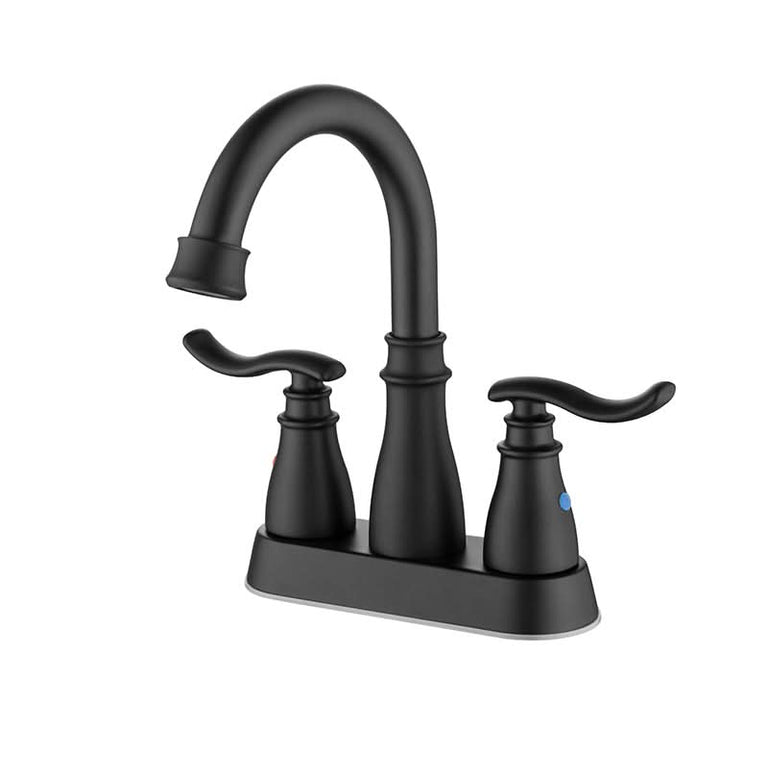
- Traditional & Classic – Choose intricate designs with graceful curves, typically in brass and brushed gold finish.
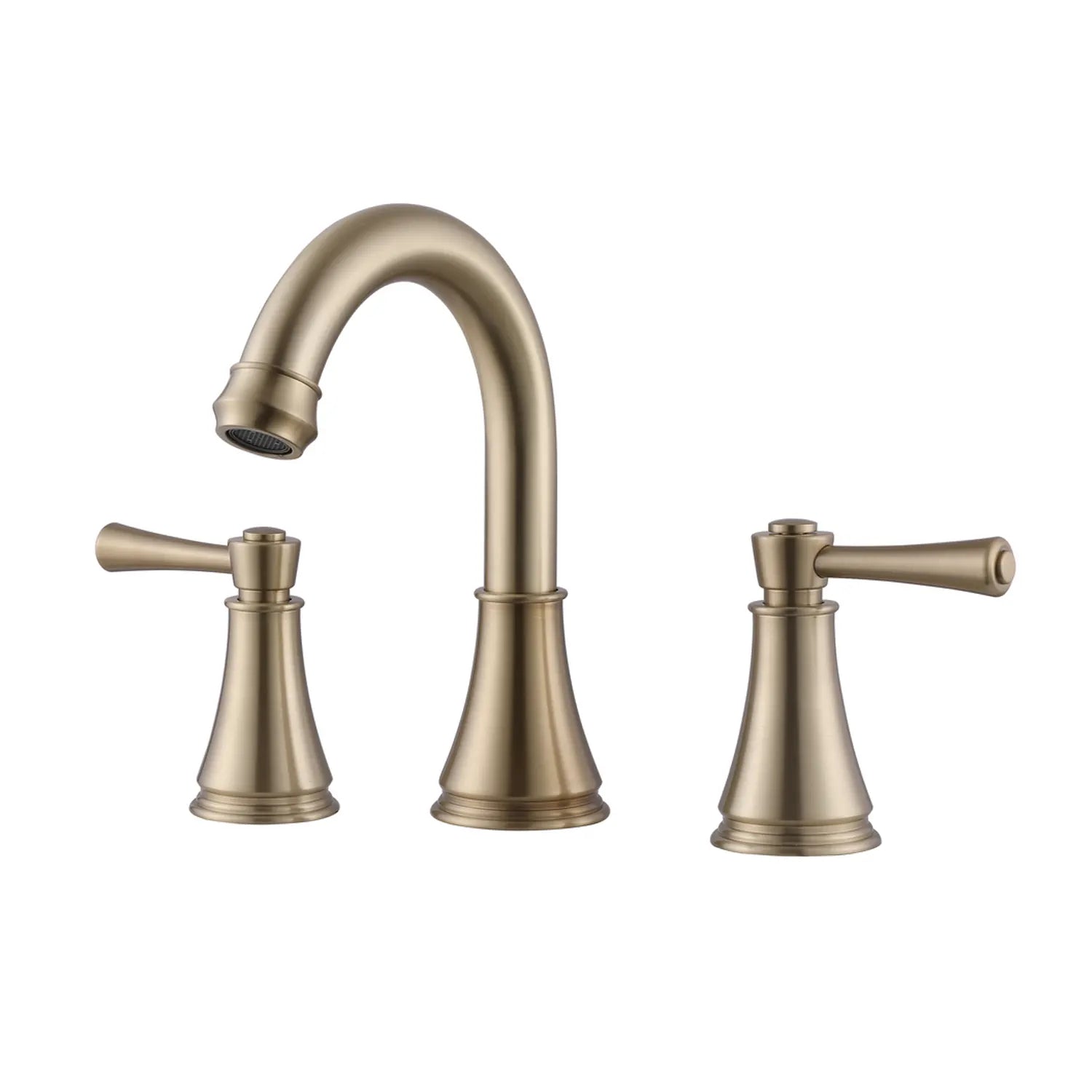
- Rustic & Farmhouse — Choose fixtures that have an antiqued, vintage appearance, like cross-handle faucets in brushed copper or brushed nickel.
- Transitional – A cross between modern and traditional, such as simple elegance with subtle detailing.
Apart from aesthetics, make sure the faucet height and spout reach match your sink size — it if’s too low, you will splash water everywhere, while too high makes it feel out of place. Finding the perfect balance when choosing bathroom vanities faucets between aesthetic appeal and practicality is the key to creating a harmonious space.
The Comfort Factor: Ergonomics & Ease of Use
A faucet should seem easy to use—not just for you but for everyone in your home. After all, nobody wants to grapple with a stiff handle or endure splashback frustration while washing their hands. Ergonomics put all the convenience in our hands making an ordinary task a seamless experience.
-
Handle Design — Single-lever faucets are the simplest, with temperature control by lifting or turning the handle with one hand. Cross or knurled handles have an excellent grip for wet hands but the twisting motion might be harder for kids or elderly users. Seek out models that have smooth gliding mechanisms that require minimal effort.
-
Spout Reach – The water stream should fall into the center of the sink ideally, and not splash or miss the basin. Too short, and you’ll be reaching far forward; too long, and water will go spraying in all directions. Measure the depth of your vanity for proper clearance; if you have a bowl-style sink, a taller spout may be needed.
-
Motion Activation (Optional but Handy) — Touchless faucets do away with germ buildup, as well as make quick tasks (for example, rinsing toothpaste) easy. Just wave your hand, and the water flows, the perfect solution for busy mornings or when your hands are full. Note that these need power (batteries or hardwiring) to function continuously.
If the faucets on your bathroom vanity are difficult to turn, spray haphazardly or require awkward stretching, they can quickly become an everyday annoyance. A good faucet isn’t meant to be noticed; the idea is to have it fit into your routine, and so using it be natural and intuitive every day. Focus on designs engineered to be gentler, adjust for various users, and improve your bathroom experience overall.

Durability Myths Busted: Why Material Matters More Than You Think
Not all faucets are created equal — while cheaper models might seem like a good deal at first, they often have a higher cost in long-term repairs, replacement and frustration. In fact, a poorly made faucet can go to dripping, leaking, or even total failure in a few years. So before you fall for the cheapest price tag, here’s what you really need to consider for lasting materials:
Solid Brass (The Premium For Durability) – Best-in-class for a reason, solid brass resists corrosion and mineral buildup significantly better than most alternatives. A quality brass faucet will continue operating smoothly for years, even when exposed to water all the time. Mask skepticism toward “all metal” assertions; some economical models rely on brass plating atop lesser stuff, so look for complete brass construction within.
Another low-cost option (but a high-risk choice) — Zinc & Plastic: This material can often be found on budget-friendly big-box store merch — and can seem to be a steal; however, over time you may begin to experience discoloration, corrosion or even cracking under pressure. Exposed to moisture in humid environments, zinc alloys can corrode rapidly, resulting in leaks and unacceptable failures.
Stainless Steel (The Best Choice for Hard Water Areas) – If your home has high mineral content in the water (Which results in lime scale buildup), stainless steel resists mineral deposits as well as rust better than the models made of aluminum. It also has a clean, modern aesthetic and doesn’t require constant polishing, making it perfect for low-maintenance durability.
A good bathroom vanity faucet won’t just look better, it’ll perform better, too, often going a decade or more with reliable, drip-free function. With better materials, you get no more surprise leaks, no more annoying replacements, and definitely no more plumbing catastrophes in the middle of a shower. After all, the faucet is an item you touch every food day — shouldn’t it be made to last?

The Hidden Water Bill Savior: How Flow Rate & Efficiency Impact Your Wallet
Most homeowners are unaware that the choice of faucet could quietly be siphoning hundreds of dollars a year. The flow rate of a faucet (gallons per minute, or GPM) doesn’t only affect your water consumption — it has a direct effect on your monthly bills and environmental footprint. In fact, upgrading to a more efficient model can save the average family more than 700 gallons of water a year (it’s enough to fill 10 bathtubs!)
Here’s what you should know about smart water flow:
-
Standard Flow (2.2 GPM) — While prevalent in older homes, these faucets can be downright wasteful.
-
WaterSense-Certified (1.5 GPM or Less) — These fixtures use 30% less water, without sacrificing performance. Modern designs are engineered to hold pressure better than their older counterparts—you probably won’t feel a difference while using it, but your wallet will.
-
Aerator Quality — The water efficiency secret weapon high quality aerators mix air with the existing water, making for a fuller, more satisfying stream. Seek multi-spray options, which include both precision stream (great for filling cups) as well as a wider cover spray for handwashing.
With an eco-friendly bathroom vanity faucet you are not only saving the planet, but also making a sound financial investment.
Pro Tip: If your current faucet has no GPM rating or a number above 1.5, it's probably throwing money down the drain with each use. One of the simplest home upgrades with immediate, measurable returns is switching to an efficient model. After all, shouldn’t your faucet be saving you money, not charging you more?

Installation Secrets: Avoiding Costly Mistakes Before You Buy
Even the best faucet can give you a headache if your vanity isn’t prepped. Take these steps for smooth setups:
Make sure to check the hole configuration before you buy it — Is it single hole, center set or widespread? If purchasing, do make sure it fits.
Valve Compatibility — Some faucets need specific supply lines–don’t assume they’ll fit what you have.
Professional vs. DIY — If you’re unsure about plumbing, hiring an installer avoids leaks and warranty problems.
Improper bathroom vanity faucet installation causes leaks, wobbling and as bad as the sink damage. Always double-check dimensions and review product manuals before making your selection.

Conclusion: A Faucet That Fits Your Life
A bathroom vanities faucet might seem unimportant to the overall function and design of the space, but the perfect piece will elevate your area both aesthetically and functionally. Balance style, comfort, material quality, efficiency and installation to enjoy a fixture that lasts — and elevates your everyday routine.
When Use While researching, measuring, and testing models (when applicable). Your future self will thank you in the morning when you turn on a smooth, beautiful faucet that just works.
FAQ: Expert Answers to Common Faucet Questions
Q: Can I replace my existing faucet with a completely different style?
A: Yes, but ensure your vanity has the correct hole configuration (e.g., single-hole vs. widespread). Some may need an escutcheon plate to cover extra holes.
Q: How often should I replace my bathroom faucet?
A: A well-maintained, high-quality faucet can last 15+ years. Signs it’s time for a change include persistent leaks, rust, or visible wear.
Q: Do all finishes require the same level of upkeep?
A: No—chrome is low-maintenance, while oil-rubbed bronze shows water spots more. Polish finishes regularly to maintain their shine.
Q: Will a low-flow faucet make handwashing or filling the sink take longer?
A: Not significantly. Modern high-efficiency faucets balance conservation with strong pressure through advanced aerators.
Relative Articles
How to Choose the Perfect Gold Bathroom Faucet for Your Home
Bathtub Faucet Hot and Cold Water Lever Switch: Installation and Maintenance Guide
Vanity with Sink for Single Hole Faucet: Top Picks & Buying Tips


















